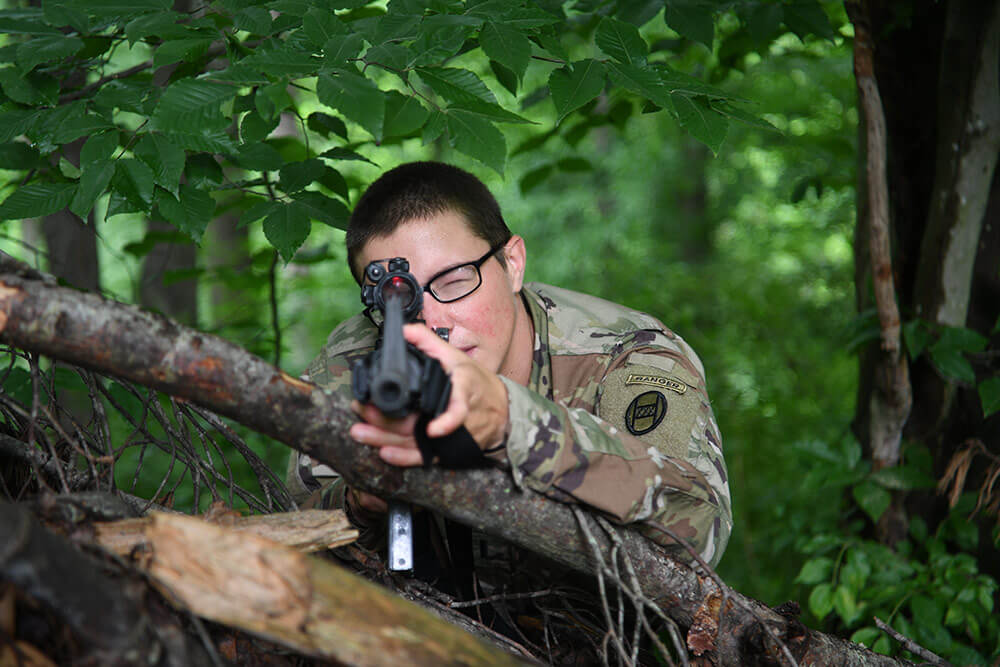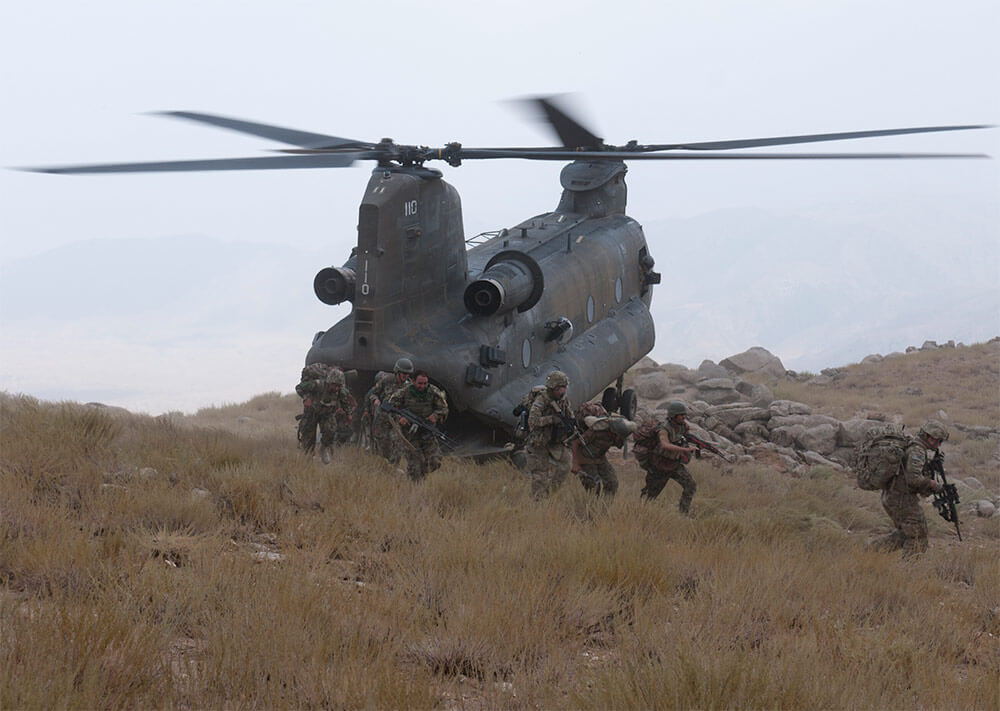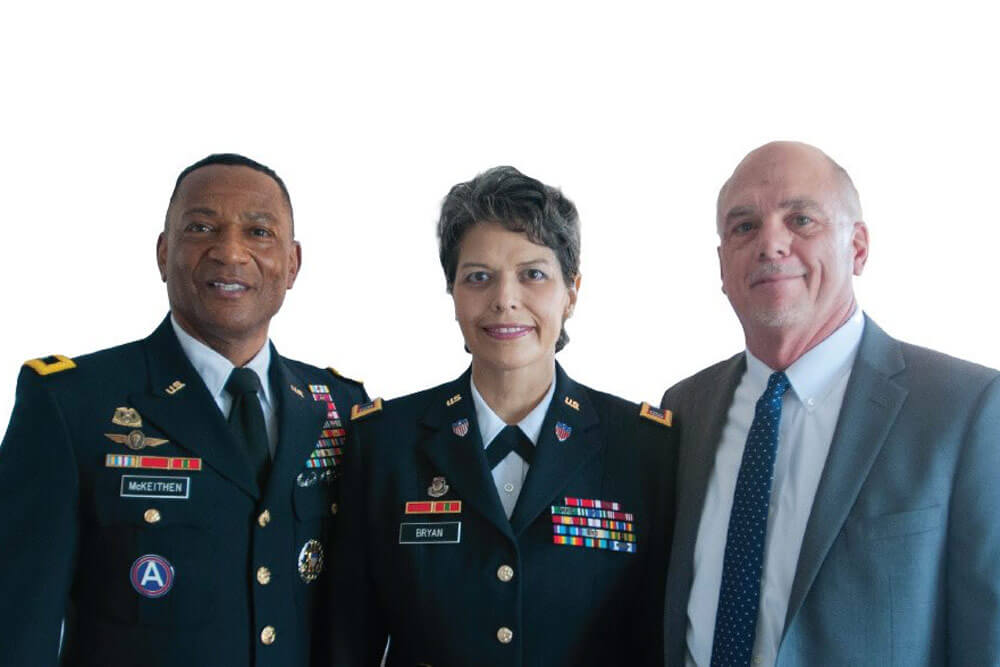Guard Soldiers hold the line between Mother Nature and Civilization
On May 3 of this year, the Hawaiian volcano Kilauea began to once again make its power known. Rivers of crimson bubbling magma began to flow down from its summit, molten rock erupted hundreds of feet into the air, dark clouds of ash billowed 5 miles into the sky and toxic gas that cut down much of what was living nearby spewed from its peak.
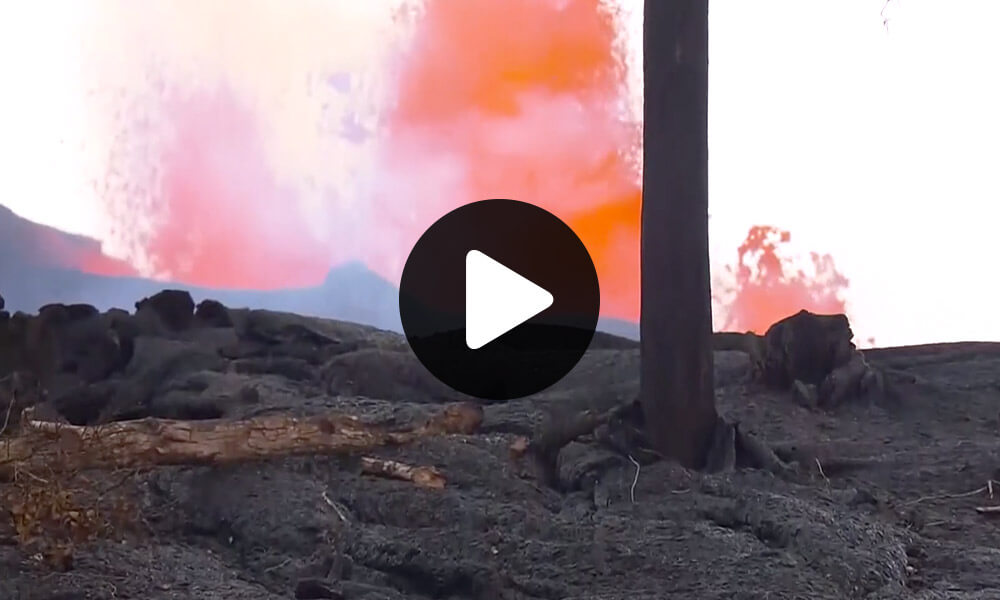
Kilauea, which has been continuously erupting by varying degrees since 1983, is a persistent threat to the population of Hawaii – the official name of the island that is not only the largest island in the Hawaiian island chain, but in all of the United States. It bears the fitting, and more commonly used nickname – The Big Island.
As of early July, the most recent eruptions from Kilauea had created just over 10 square miles of new lava flow in the lower Puna district of the Big Island. The total affected population was roughly 5,600 people – 2,000 of whom were forced to evacuate, according to Hawaii County officials.

While Kilauea has been erupting since 1983, this last episode was the most dangerous to date. On May 3, newly formed fissures sent lava flowing into the residential neighborhood of Leilani Estates, near the community of Pahoa. The situation became more dire from there.
“Into the second week, she erupted again,” recalled LTC Shawn Tsuha, commander of Task Force Hawaii and a 30-year veteran of the Hawaii Army National Guard. “[Up until that point], older fissures were spewing, but not a lot. Then the next thing you know, a couple of older fissures just blew up. That’s when the lava started its march towards the ocean. Within a span of two or three days, it reached the ocean from where the initial event started … and now it’s marching towards the neighborhood of Kapoho, which is on the coastline also.”
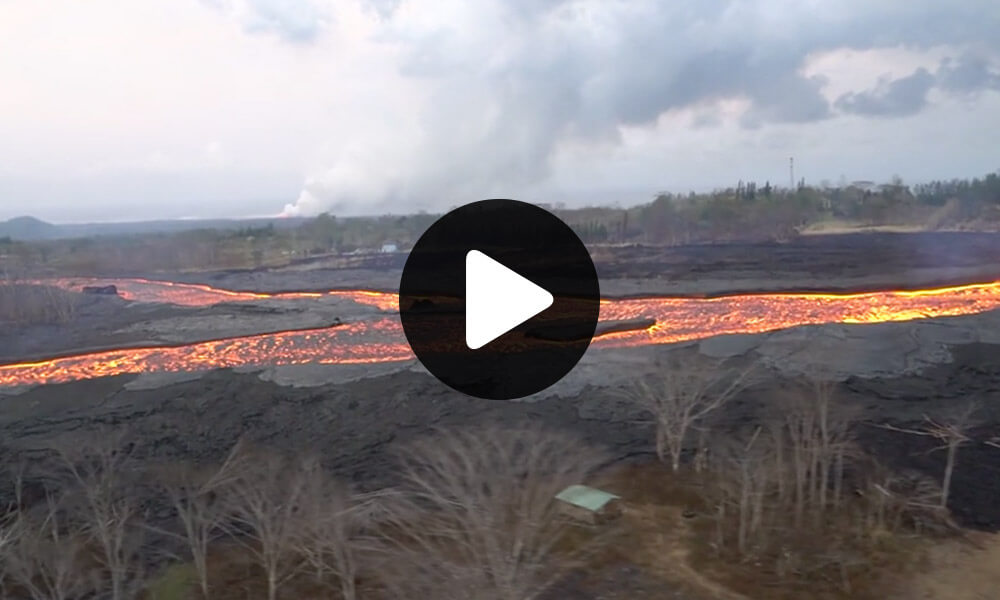
In the wake of the eruptions occurring between May and July, Kilauea destroyed approximately 500 homes and completely filled in Kapoho Bay with newly hardened molten rock, according to reports from the County of Hawaii.
LTC Tsuha, recalling a night patrol near the lava flow, continued his narrative. “Our Soldiers were doing a roving patrol and they could hear the lava moving through the forest knocking down the trees,” he said. “They described it like a scene from Jurassic Park. They said they could hear the crackling. They could feel the heat, see the glow in the night sky and see the trees coming down as the lava was advancing.”
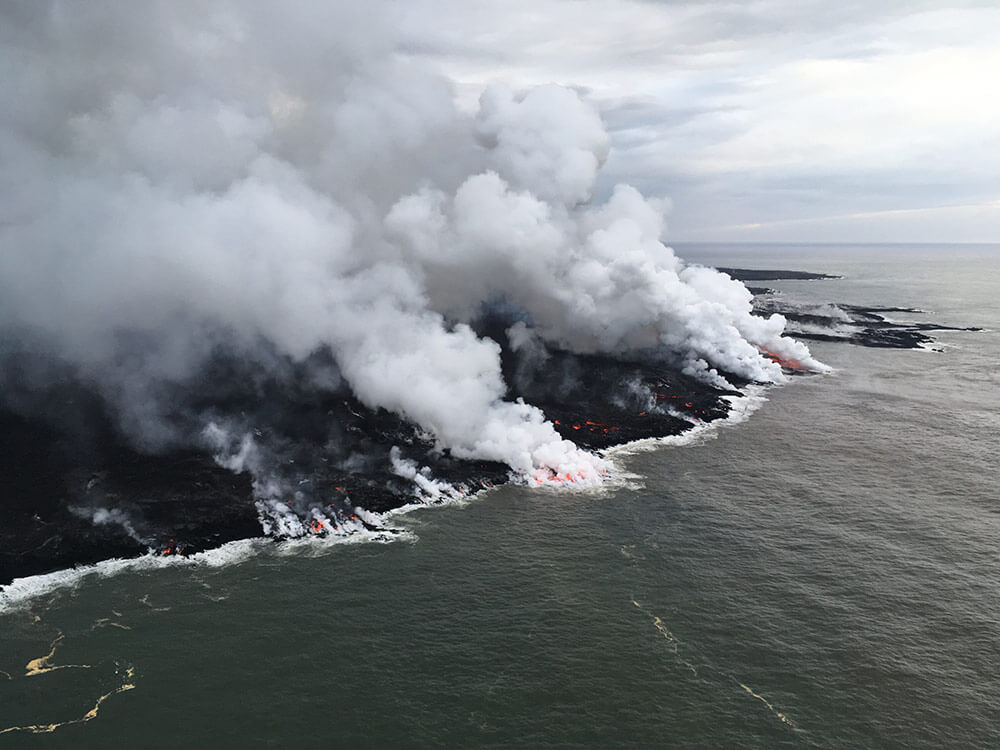
SPC Joshua Myrick, 1st Squadron, 299th Cavalry Regiment, Headquarters Troop, Hawaii Army National Guard, has also encountered Kilauea’s eruptions up close and personal. He said that often, the best the Hawaii Guard Soldiers can do is ensure residents keep a safe distance from volcanic threats, which sometimes means leaving their homes. Yet, SPC Myrick said he is sympathetic when some are reluctant to evacuate.
“We understand where they’re coming from,” he said. “A lot of us here in the Guard are from around Puna and the outlying areas, so we can understand not wanting to leave homes behind. These are people’s entire lives that are literally going up in smoke right in front of their eyes – and nothing can be salvaged.”
BG Kenneth Hara is the dual status commander of the Hawaii National Guard’s Joint Task Force (JTF) 5-0. Like SPC Myrick, BG Hara said he understands the plight of his neighbors, and that he and the rest of JTF 5-0 are dedicated to keeping them safe and supporting their ongoing needs.
“[All] they have left are memories,” BG Hara commented. “I feel for those that lost homes and pets. I’m from this island. From the get-go, my priorities have been to save human lives, prevent human suffering and, if possible, mitigate property damage. Those are the three things that kept me up at night making sure that we were positioned to support the county of Hawaii.”
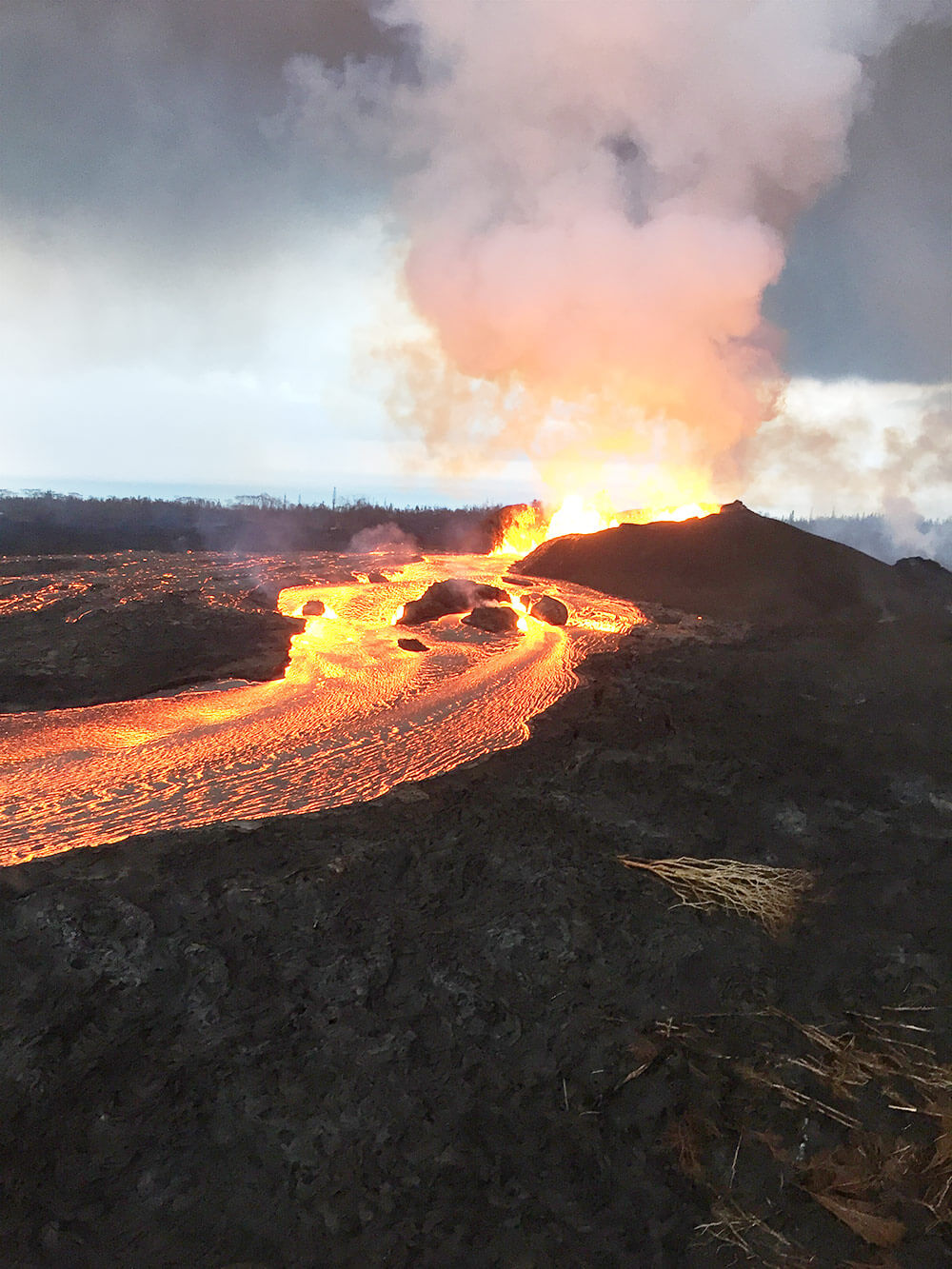
JTF 5-0 was tasked with supporting and assisting the overarching civilian agency that led the volcano response – the County of Hawaii Civil Defense Agency.
The task force was comprised of three National Guard-led forces: Task Force Hawaii, which included 178 National Guard Soldiers and 38 National Guard Airmen; Task Force Aviation – the helicopter unit assisting in air evacuation and reconnaissance; and Civilian Support Teams that were mostly made up of Soldiers activated from other States to assist in the response.
States and Territories that activated National Guard members in support of the volcano response included Arizona, California, Guam, Indiana, Kentucky, Maryland and Washington. The National Guard Bureau also sent Joint Enabling Teams to assist in the effort. All totaled, over 500 National Guard members were activated in response to Kilauea. The Reserves, Marines, Coast Guard and the U.S. Public Health Services Commissioned Corps – a federal uniformed service fully dedicated to public health promotion, disease prevention and the study of public health science – also sent troops to support the response.
By early July, National Guard members had employed in the response effort several fuelers and wreckers, 30 High Mobility Multipurpose Wheeled Vehicles (HMMWVs), three Light Medium Tactical Vehicles plus 10 UH60 and HH60 helicopters, according to the Hawaii Army National Guard Public Affairs Office.
SPC Myrick said his rover team, also known as a presence patrol, was made up of a squad of 12 Soldiers. Each day of the response, these Soldiers of the 1-299th patrolled the areas that were the hottest and hardest hit by volcanic activity. The squads conducted search and rescue, provided security, set up landing zones and manned checkpoints. They went out in three shifts – morning, midday and evening.
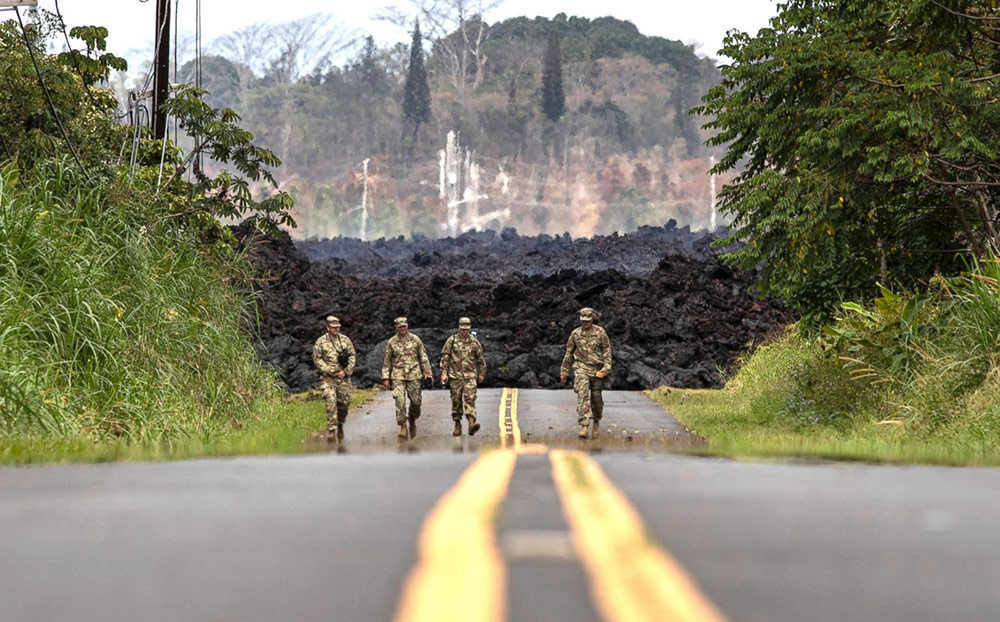
A major component of their security role was protecting the vacated property of evacuees. According to SPC Myrick, in the three weeks he had been on duty, the patrols had caught 120 trespassers and intercepted one attempted burglary. The Soldiers apprehended the perpetrator and transported the individual to the local police.
“We were also providing route reconnaissance for Task Force Hawaii, looking for any kind of damage to roadways or infrastructures that could inhibit evacuation efforts. We kept pretty busy.”
SPC Myrick went on to say that checking on civilians who decided to stay in their homes as long as they could, at times required him to get within 5 meters of lava flows and 20 meters of fissures that were shooting lava 100 meters into the air.
“The best way to describe it is just a feeling of being mesmerized by [the lava] and its absolute terror,” he explained. “You can feel the heat coming off of it – burning your skin, burning your face. It’s difficult to breathe. You just feel this immense power from it. It shakes the ground as it’s rolling through. It can, at any moment, suddenly just explode this massive display into the sky. It’s just pure power.”
SGT Milo Kalama, with the Hawaii Army National Guard’s 93rd Weapons of Mass Destruction Civil Support Team (CST) based out of Kapolei, had a different type of role during the volcano response.
CSTs were on the ground monitoring the air quality in the areas closest to the eruptions. Getting close enough to collect the required samples meant SGT Kalama and his fellow CST members had to don personal protective gear that sometimes included a self-contained breathing apparatus, which kept the Soldiers from breathing in the deadly toxic gases emitting from Kilauea.
At the time this story went to press, no reported human fatalities were associated with Kilauea’s most recent eruption. However, one serious injury resulted from a lava bomb – a projectile of cooled molten rock – that struck a resident in the leg, putting him in the hospital.
“There are now about 24 [active] fissures and we were on the ground from the time of the first six,” said SGT Kalama. “We’re dealing with a lot of people here who live a [rural] lifestyle – off the grid. They have propane tanks. Because of that, you get additional hazards … like gasoline left in their tanks.”
SGT Kalama went on to note, “We are going to see off-gassing from the fissures. Plus, you have to worry about more than just the sulfur dioxide and hydrogen sulfide. You’ve got lava going into the ocean, so you’ve got that potential laze (dense white clouds of steam and volcanic glass particles that are created when the hot lava hits the cool ocean water), which contains dangerous levels of hydrochloric acid.”
SGT Krysten Gennuso, the acting logistics NCO for the Hawaii Army National Guard’s Chemical, Biological, Radiological, Nuclear and High Yield Explosive (CBRNE) Enhanced Response Force Package (CERFP) had a similar mission during the Kilauea response.
She too was monitoring toxicity levels in the air.
On her way to a daily briefing held at a local fire station, she noted the importance of the collaboration taking place between the various first responder groups on the ground in Hawaii.
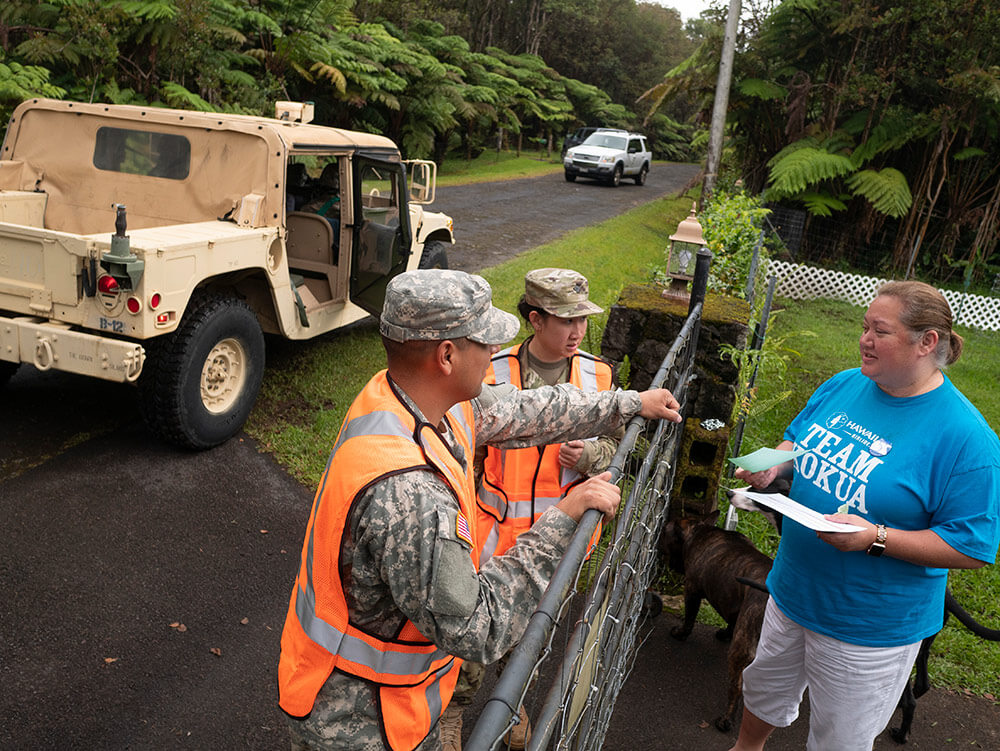
“We all communicate,” she said. “We’re all on the same level. Everybody respects each other and the knowledge that they bring to the table. You couldn’t ask for a better team to work with.”
This was SGT Gennuso’s first time mitigating the effects of a volcanic eruption, though it was not her first encounter with Kilauea. Many people from the State have familiarity with the volcanoes of Hawaii, she said, although this time is very different.
“I have been to Hawaii Volcanoes National Park,” she explained. “You can actually go there to see the lava flow. You can see the blow holes – the tourist kind of thing. This is completely different. Being in a tourist attraction, you don’t think of what could possibly happen versus the situation that we have now. You take for granted what you have around you. There’s so much destruction here.”
In mid-June, when Citizen-Soldier last spoke to BG Hara, he was hopeful that Kilauea was beginning to stabilize and entering into a new, less violent period. Meanwhile, the following statement appearing on the Hawaii Volcanoes National Park website still cast doubt on whether the mountain would soon reclaim its role as a tourist attraction.
“Most of Hawaii Volcanoes National Park remains closed due to increased and damaging earthquakes, corrosive volcanic ash and continuing explosions from Halema‘uma‘u, the summit crater of Kilauea Volcano.”
Microshelters
The Hawaii Army National Guard’s 230th Vertical Engineer Company provided 48 Soldiers to spearhead the building of 20 micro shelters, known collectively as the Sacred Heart Shelter, in Pahoa, Hawaii. Starting June 7, the Soldiers, along with a group of volunteer contractors, constructed the housing as part of a community effort led by Hope Services Hawaii – a faith-based nonprofit organization located on the Big Island.
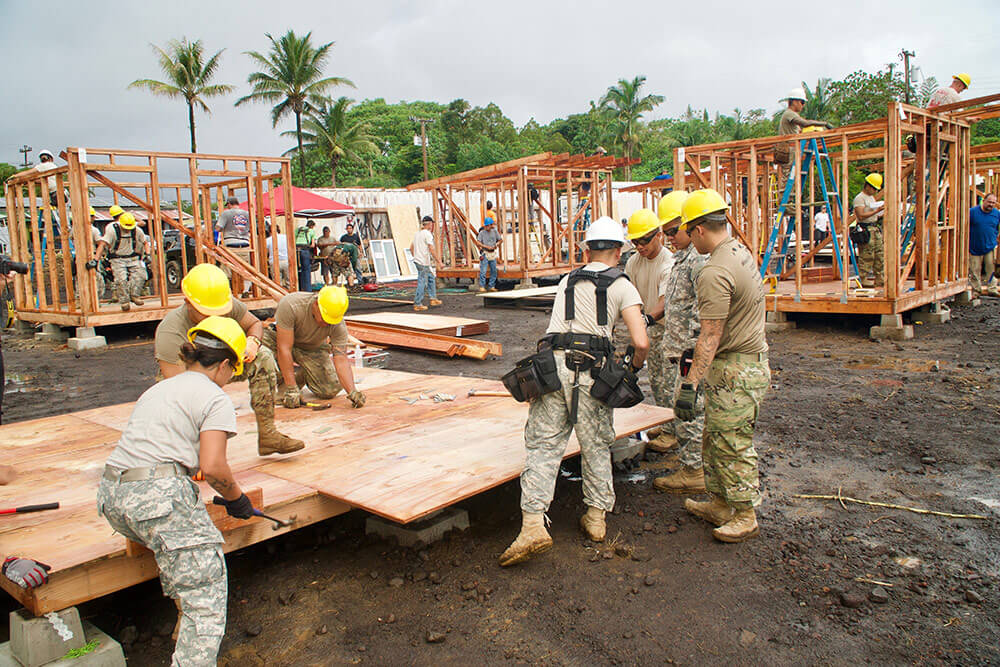
The shelters went to residents left homeless by the recent eruptions of Kilauea, many of whom were living in evacuation shelters, cars and tents. Priority was given to house seniors and families with young children. “I take it very personally and want to help out, ” said CPT Matthew Driggers, commander of the 230th.
Facts
-
- Land Covered in Lava Flow: over 10.4 square miles
- Highest altitude reached by gas/ash emissions: 30,000 feet
- Number of daily earthquakes near summit (as of June 28): ~600
- Largest earthquake associated with 2018 eruption: Magnitude 6.9 on May 4, 2018
- Number of Eruptions since 1952: 35
By Staff Writer Matthew Liptak
